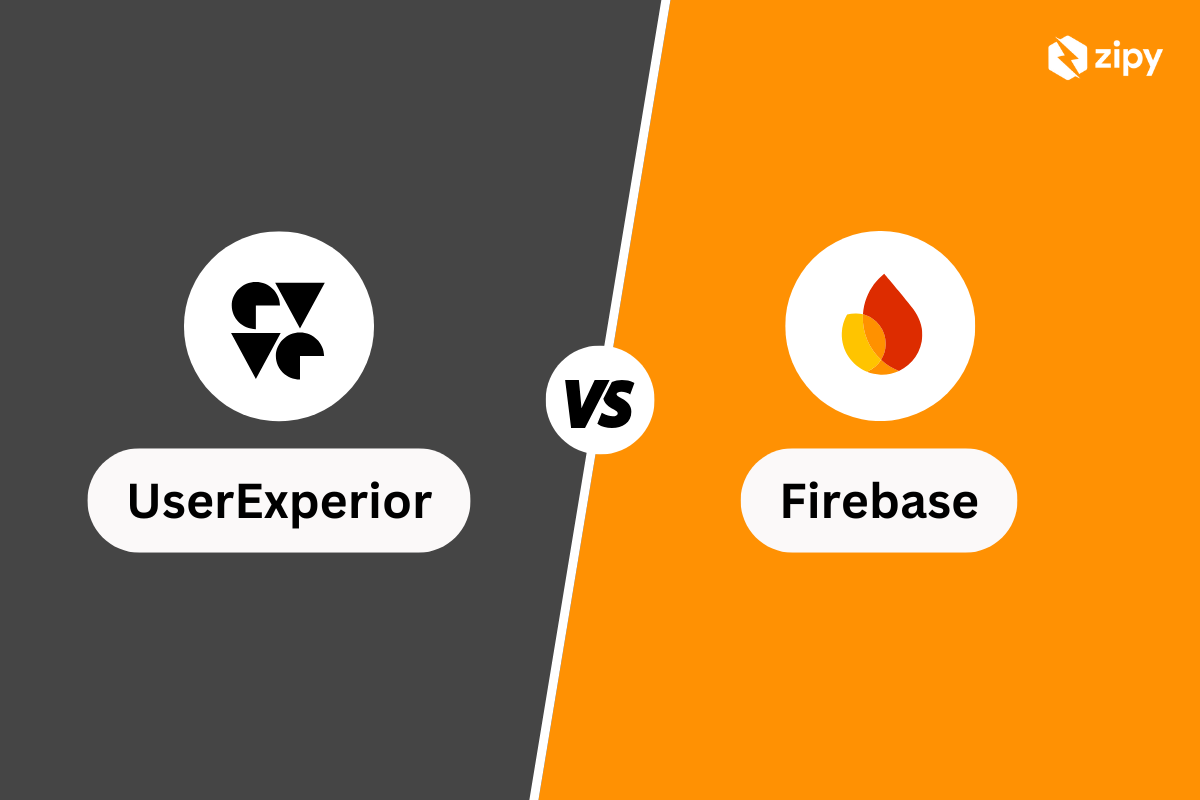Introduction
Next.js, a popular React framework, offers robust features for building web applications. However, developers often encounter challenges related to link errors. In this guide, we'll explore Next.js link errors, common scenarios, and effective solutions to resolve them.
Catch errors proactively with Zipy. Sign up for free!
Try Zipy now
Understanding Next.js Link Errors
Link errors in Next.js occur when there are issues with navigating between pages or components using the Link component provided by Next.js. These errors can result in broken links, unexpected behavior, or navigation failures within the application.
Scenario 1
Error code
import Link from 'next/link';
const Navigation = () => {
return (
<nav>
<ul>
<li>
<Link href="/about">
<a>About</a>
</Link>
</li>
<li>
<Link href="/contact">
<a>Contact</a>
</Link>
</li>
</ul>
</nav>
);
};
export default Navigation;
Corrected code
import Link from 'next/link';
const Navigation = () => {
return (
<nav>
<ul>
<li>
<Link href="/about">
<a>About</a>
</Link>
</li>
<li>
<Link href="/contact">
<a>Contact</a>
</Link>
</li>
</ul>
</nav>
);
};
export default Navigation;
Solution Summary
In this scenario, the error does not exist in the provided code. However, common issues leading to link errors include incorrect href values or missing pages/components to link to.
Scenario 2
Error code
import Link from 'next/link';
const Navigation = () => {
return (
<nav>
<ul>
<li>
<Link href="/about">
<a>About</a>
</Link>
</li>
<li>
<Link href="/services">
<a>Services</a>
</Link>
</li>
</ul>
</nav>
);
};
export default Navigation;
Corrected code
import Link from 'next/link';
const Navigation = () => {
return (
<nav>
<ul>
<li>
<Link href="/about">
<a>About</a>
</Link>
</li>
<li>
<Link href="/contact">
<a>Contact</a>
</Link>
</li>
</ul>
</nav>
);
};
export default Navigation;
Solution Summary
Here, the error occurs due to linking to a non-existent page ("/services"). By linking to an existing page or correcting the href value, the issue can be resolved.
Scenario 3
Error code
import Link from 'next/link';
const Navigation = () => {
return (
<nav>
<ul>
<li>
<Link href="/about">
<a>About</a>
</Link>
</li>
<li>
<Link href="/blog">
<a>Blog</a>
</Link>
</li>
</ul>
</nav>
);
};
export default Navigation;
Corrected code
import Link from 'next/link';
const Navigation = () => {
return (
<nav>
<ul>
<li>
<Link href="/about">
<a>About</a>
</Link>
</li>
<li>
<Link href="/contact">
<a>Contact</a>
</Link>
</li>
</ul>
</nav>
);
};
export default Navigation;
Solution Summary
In this scenario, the error arises from linking to a non-existent page ("/blog"). By linking to an existing page or correcting the href value, the issue can be resolved.
Handling Next.js Link Errors
To handle Next.js link errors effectively:
- Ensure correct href values in Link components.
- Verify that linked pages or components exist in the application.
- Utilize error boundaries to capture and gracefully handle navigation errors.
Proactive Error Debugging with Zipy
For proactive error monitoring and debugging in Next.js applications, consider using Zipy. Zipy offers advanced error monitoring and session replay capabilities, enabling developers to identify and resolve link errors efficiently.
Debug and fix code errors with Zipy Error Monitoring.
Sign up for free
Conclusion
Next.js link errors can disrupt the navigation flow and user experience of web applications. However, by understanding the common causes of these errors and implementing effective error-handling strategies, developers can ensure smooth navigation and seamless user interactions.
Resources on how to debug and fix Next.js errors
- 11 Next.js errors to look for: A Next.js debugging guide
- Next JS Error and Performance Monitoring Tool | Zipy AI
- How to fix Next.js TypeErrors?
- How to fix Next.js Syntax Errors?
- How to fix Next.js Reference Errors?
- How to fix Next.js Range Errors?
- How to fix Next.js Eval Errors?
- How to fix Next.js React Rendering Errors?
- How to fix Next.js Next.js Data Fetching Errors?
- How to fix Next.js React Hook Errors?
- How to fix Next.js Unhandled Promise Rejection Errors?
- How to fix Next.js Fetch API Errors?
Frequently Asked Questions
Q: How can I resolve Next.js link errors? A: To resolve link errors in Next.js, ensure correct href values in Link components and verify the existence of linked pages or components within the application.
Q: Why do Next.js link errors occur? A: Link errors in Next.js can occur due to incorrect href values, linking to non-existent pages/components, or navigation issues within the application.
Q: What are the best practices for handling Next.js link errors? A: Best practices for handling link errors in Next.js include thorough testing of navigation functionality, proper error handling in Link components, and utilizing error boundaries to gracefully handle navigation errors.
Q: How can Zipy help in debugging Next.js link errors? A: Zipy provides proactive error monitoring and session replay capabilities, allowing developers to identify and resolve link errors efficiently, ensuring smooth navigation and user experience in Next.js applications.
Q: What should I do if I encounter a Next.js link error in my application? A: If you encounter a link error in your Next.js application, first verify the correctness of href values and ensure that linked pages or components exist. If the issue persists, consider utilizing debugging tools like Zipy to identify and resolve the error.
Key Takeaways
- Ensure correct href values and existence of linked pages/components to prevent Next.js link errors.
- Implement proper error handling and utilize error boundaries to gracefully handle navigation errors.
- Proactively monitor and debug link errors with tools like Zipy to ensure smooth navigation and seamless user experience in Next.js applications.
.svg)





.png)





.webp)